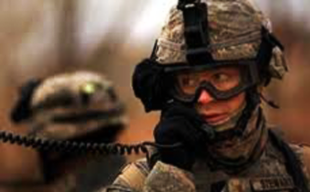It amazes me how DOD leadership continues to ignore the growing crisis stemming from aging telephony technology and infrastructure. No, it’s not as sexy as C4I technology and applications, and it doesn’t have a bayonet lug; but the need for highly reliable telecommunications in support of the warfighter is as important today as it was fifty years ago. I have heard some the most irrational comments about how communications can be supported strictly with desktop chat programs; or during a crisis like what the Army experienced at Ft. Hood, that soldiers can just use their cell phones to reach first responders. Unfortunately in a crisis, the current public telephone system and wireless networks cannot support the surge in use caused by a public crisis, nor are they designed to.
That is why the Defense Switched Network (DSN) supported Multi-Level Precedence and Preemption (MLPP). It wasn’t just about giving commanding officers the ability to Flash Override calls, but also to provide a level of call access control for all users. Back in the 1990’s, the NCS had the large public exchange companies integrate a call access control capability within the Government Emergency Telecommunications System (GETS) network. This provided Government officials with a predetermined PIN the ability to gain first rights to the public switched network in the times of high demand. With the legacy Time Division Multiplex (TDM) based telephony technology and the associated outside plant cable systems aging to the point that it now jeopardizes the technology’s ability to deliver reliable communications, it is time to invest in creating a replacement system that can provide the same level of reliable telecommunications.
The challenge is that DISA and the MILDEP communities, who have been attempting to establish an IP based Unified telecommunications solution leveraging Unified Communication technology like Voice over IP (VoIP) and desktop collaboration and Video Teleconferencing (VTC), have experienced nothing but budget reductions and being openly dismissed by the data network and Information Assurance communities as not being important.
UC is not the Red Headed Step-Child of the DoD, but rather it offers the potential for higher gained efficiencies in the basic need for human communications. Like the idea that wars can be won with air power alone, wars cannot be successfully executed with strictly data communications. It is time for Congress and the Pentagon to get serious about funding Unified Capabilities within the DOD budget before it is too late.


Hi there! Such a wonderful post, thank you!